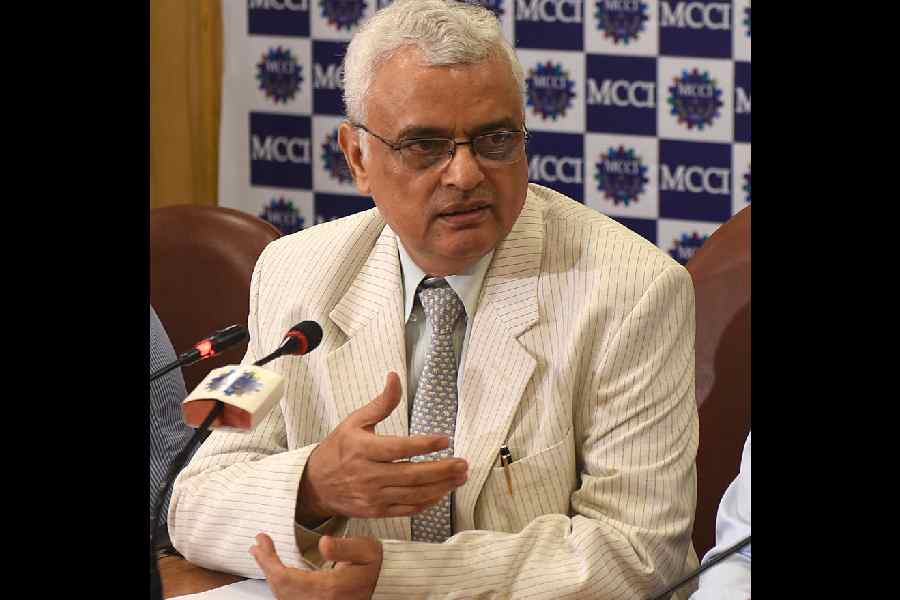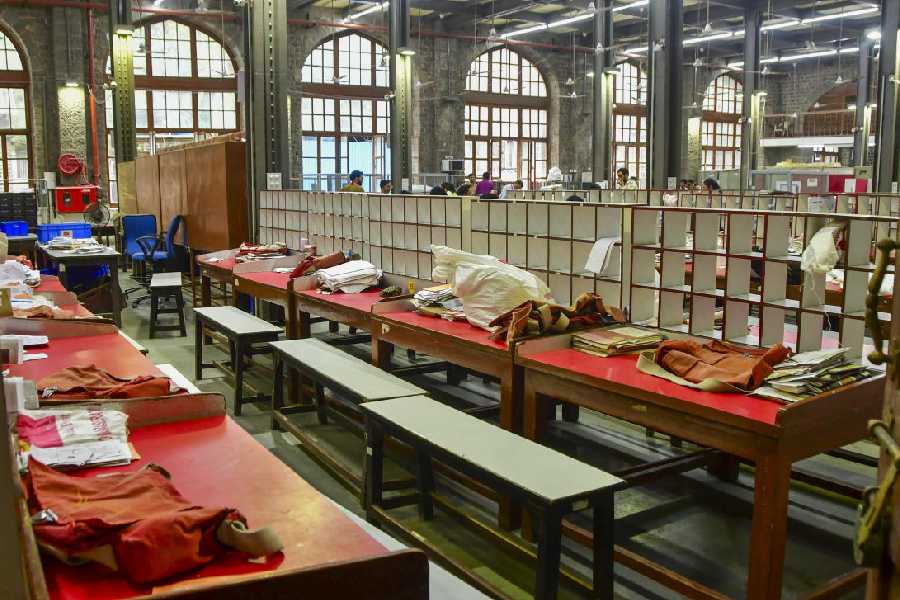 |
| Revving up: The new Volkswagen Passat is based on a longer wheelbase, with distinctive and well-proportioned features Photographs by Ashley Baxter |
 |
The Volkswagen Passat was always a well-engineered and capable car. It offered decent grunt, but the engine wasn’t very refined especially considering its cost. The limited power band range and lack of initial response of the earlier Passat which used PD (Pumpe-Düse) technology made it feel annoyingly sluggish, especially in bumper-to-bumper traffic conditions. The automatic DSG gearbox did help matters to some extent but not entirely.
The Passat is like the ever-so-understated German, almost wanting to be ignored. Its big chrome grille and sunken headlamp pods are quite distinctive but, apart from that, the Vee Dub has a very conventional and somewhat elderly profile. That said, the car is very attractive from the rear, beautifully proportioned and chiselled, with a gorgeous set of tail-lamps.
This car is actually a stretched version of the Golf or the PQ35 platform. But while the wheelbase has been stretched, it is not as long as that of the Škoda Superb, which, at 4838mm, is truly very long.
The Passat uses electric steering systems, all-independent suspension, ESP (electronic stability program, a computerised technology that improves safety and vehicle handling to prevent skids) and eight airbags. It employs the more modern common-rail system, making this motor almost identical to the one used on the new Audi A4.
This VW does not have as much space on the inside and is not flashy either. It’s more about understated charm, and comfort levels are very high. The front seats are almost perfectly bolstered and the rear seats do their job well.
VW has added a few features to the Passat, the most notable being the touchscreen with multi-commands. The Passat’s cool red-and-blue lighting exudes a soothing ambience at night and there are quality touches, like the finish of the glovebox, that beats cars like the Superb.
The new common-rail diesel motor in the Passat is much smoother, with a more linear power delivery. It has a broad powerband, almost pulling to 5000rpm and the motor doesn’t run out of steam at the top either.
What’s truly impressive is the refinement of the Passat’s engine. There’s none of the slightly muffled pneumatic drill-like PD clatter, a flaw in the character of the earlier car. The motor revs smoothly and is almost inaudible when the car is cruising and this adds to overall comfort levels.
The Passat has wide tyres but the relatively softer suspension means the car doesn’t corner enthusiastically. The steering, though direct, is light and disconnected, the softer front bobs up and down. Be in no doubt — the car feel amazingly stable and secure on any surface at most speeds; it’s just that it is not as entertaining as you’d expect it to be.
Helping the Passat’s cause for low-speed ride is tyre pressure that’s been reduced from the earlier recommended and absurdly high 42psi. However, the gentle drumming sound over bumpy roads at low speeds, the result of resonance from the huge boot cavity, is still present.
 |
The Passat’s engine has proved to be frugal, giving proof of the advancement of common-rail tech. Linear power delivery also plays to its advantage because you’re not always mashing the throttle and waiting for the engine to respond. In the city and on the highway, the Passat gave 10kpl and 13.8kpl respectively.
Choosing a winner was always going to be tough. The Passat has moved the game forward with its new common-rail engine which simply outclasses the PD engine. This car retains its strengths of solid build quality and vice-free handling.
But even though it’s difficult to fault the Passat, it lacks the excitement or sense of occasion of its Czech rival and feels like a grown-up Jetta. The arrival of the new common-rail engine means that overall refinement levels are now befitting a car which costs Rs 27.59 lakh. I recommend a buy.
spec check
Volkwagen Passat
Price: Rs 27.59 lakh (on-road, Mumbai)
Engine: Diesel, 4 cyls in-line, 1968cc, common-rail, direct injection
Maximum power: 138bhp at 4200rpm
Maximum torque: 32.6kgm at 1750-2500rpm
Transmission: Front wheel drive
Gearbox: 6-speed DSG
Kerb weight: 1540kg
Tyres: 215/55, R16, tubeless
Suspension (F/R): Independent, MacPherson struts, lower wishbones, anti-roll bar/ independent, four-link, anti-roll bar
Turning circle: 11.4m
Brakes (F/R): Ventilated discs/ solid discs










